Winter Birds in our area
Yellow-bellied Sapsucker
"The Yellow-bellied Sapsucker; can drill up to 50 small holes an hour into a tree. When the holes fill with sap, the YBS returns to suck up the sap with its brush-tipped tongue as well as insects attracted to the sap. The "sap wells" can be an important food source for early arriving hummingbirds. The YBS is the most frequent of the sapsuckers to visit feeders, but it is still uncommon. It seems to be most attracted to Bark Butter, less so to suet blends. Sapsuckers are also attracted to nectar and juicy fruits." - The Joy of Bird Feeding
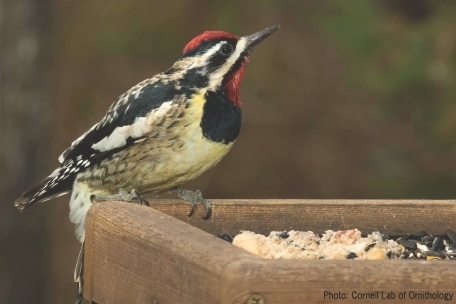
Ruby-crowned Kinglet
The Ruby-crowned Kinglet is a bird that is constantly in motion and when it visits feeders it usually does so alone. Only the male has the ruby crown which can only be seen when the crest is raised. Feeder foods to offer include suet blends, Bark Butter, mealworms and peanut pieces. RCK have already been seen in our area! It is one of our smallest birds and rarely sits still.
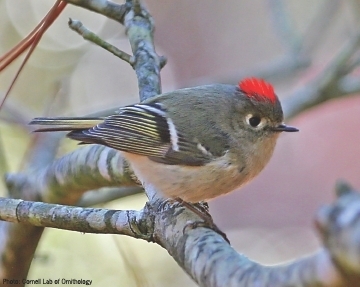
Yellow-rumped Warbler
Also known as the butter-but, this visitor will show up at your seed and suet feeder. They also feed on berries and fruits.
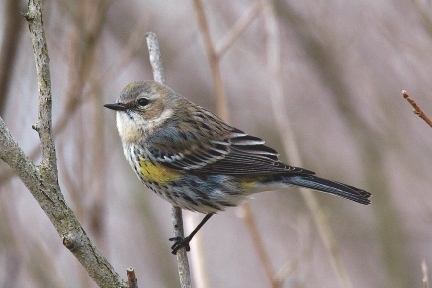
Hermit Thrush
"If you see a thrush quickly raise and slowly lower its rusty tail, it is probably a Hermit Thrush. Similar to the Wood Thrush, but with an olive-brown back and head and more lightly spotted breast, the Hermit Thrush is the only woodland thrush to commonly winter in the eastern and southern U.S. Comes infrequently to Bark Butter, suet, mealworms, and water." - The Joy of Bird Feeding

Dark-eyed Juncos
"Dark-eyed Juncos are almost always seen on the ground or in bushes and scrub. Look for the flask of white on each side of the tail as a small grayish to dark songbird flies in spurts from one low area to another. Feeder foods include millet, sunflower chips, Nyjer, cracked corn, suet dough, Bark Butter Bits." - The Joy of Bird Feeding
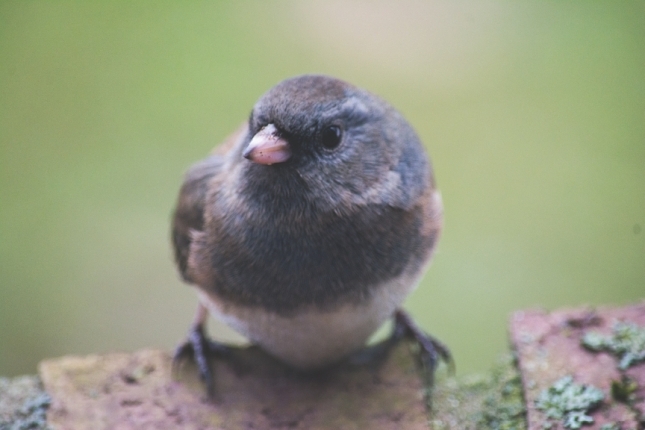
White-throated Sparrow
"White-throated Sparrows are likely to return to the same winter territories each year. Watch for them feeding on the ground, flipping leaves aside with their bill or scratching at he leaf litter with a series of quick kicks. Individual White-throated Sparrows have either white or tan stripes on their heads; the color does not indicate sex, but white-striped birds are more dominant. Feeder Foods: Millet, oil sunflower, sunflower chips, cracked corn, Nyjer, peanut pieces, Bark Butter, Bark Butter Bits." - The Joy of Bird Feeding
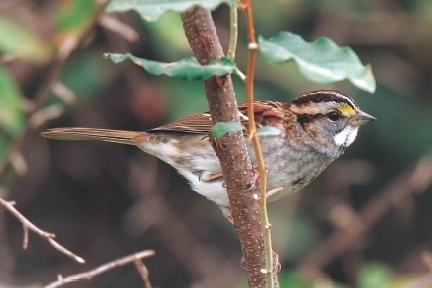
Pine Siskin
Flocks of tiny Pine Siskins may monopolize your thistle feeder one winter and be absent the next. This nomadic finch ranges widely and erratically across the continent each winter in response to seed crops. Better suited to clinging to branch tips than to hopping along the ground, these brown-streaked acrobats flash yellow wing markings as they flutter while feeding or as they explode into flight.


